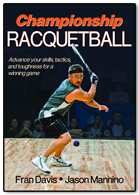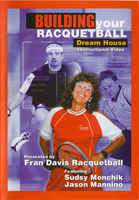November Madness 2011
My 'Championship Team:' Rocky Carson, Paola Longoria, and Taylor Knoth, all continued playing well coming out of the crazy month of October with 2 major championships - the US Open Racquetball Championships (US Open) and the 2011 Pan American Championships (Pan Am Games). Rocky came in strong to the Seattle Pro/Am Racquetball Championships IRT Tier 1 event held in Seattle, WA, November 3-6, after mentally regrouping from the Pan Am Games. Visualization did him good as he did not drop a game on the way to the finals beating Chris Crowthers 3-0 in the quarter-finals (sweet revenge after losing to him










